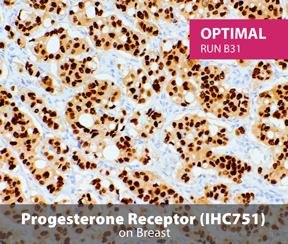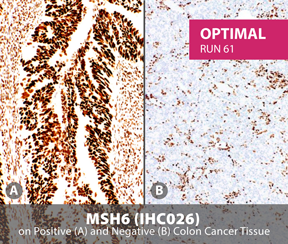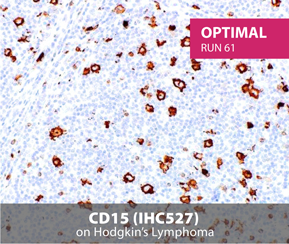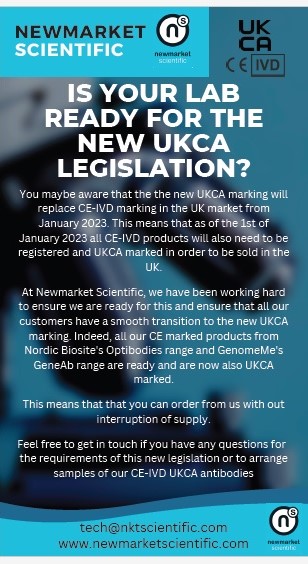|
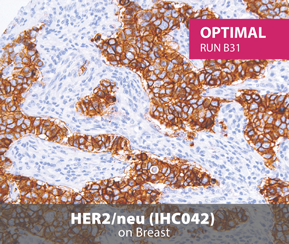
|
CD56 GeneAb™ Antibody (Cat No: IHC066)
Cluster of Differentiation 56 (CD56), also known as Neural-Cell Adhesion Molecule (NCAM), is a glycoprotein involved in synaptic plasticity, cell-cell adhesion, neurite outgrowth, learning, and memory. NCAM is expressed in normal neurons, glia, natural killer cells, activated T-cells, brain and cerebellum, neuroendocrine tissues, and skeletal muscle. Anti-CD56 recognizes a number of tumours including myeloma, myeloid leukemia, natural killer/T-cell lymphomas, neuroendocrine tumours, pancreatic acinar-cell carcinoma, pheochromocytoma, and Wilm's tumour. CD56 is detectable in neoplasms that are neuroectodermally-derived, such as retinoblastoma, medulloblastomas, astrocytomas, small cell carcinomas, and neuroblastomas. It has also been linked to rhabdomyosarcoma, a tumour that is mesodermally-derived.
|


